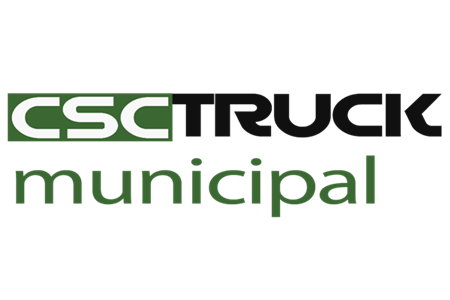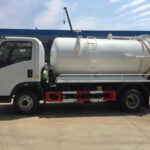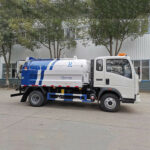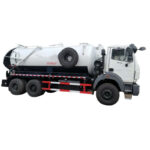Sludge collector trucks, also known as vacuum trucks or sewer cleaning trucks, are essential vehicles used in various industries and municipalities to maintain and clean wastewater and sewage systems. These versatile machines play a crucial role in preventing blockages, maintaining proper drainage, and ensuring public health and environmental safety. In this article, we will explore the key components and processes involved in operating a sludge collector truck, shedding light on their importance and the proper techniques to use them effectively.
Understanding the Sludge Collector Truck
Before delving into the operational aspects, it is vital to understand what a sludge collector truck is and how it functions. Sludge collector trucks are purpose-built vehicles designed to collect and transport sludge, sewage, and other debris from drainage and sewer systems. They employ a combination of vacuum technology and hydraulic systems to complete their tasks efficiently.
These trucks are equipped with a large cylindrical tank, typically made of stainless steel, which is capable of holding a significant amount of sludge and wastewater. The tank is divided into 2 sections: the primary tank for holding the collected material and the secondary tank for storing clean water, which is used to create the vacuum necessary for suction.
The vacuum system of a sludge collector truck is powered by a robust pump and a high-pressure jetting system. The pump creates a powerful vacuum within the tank, enabling it to suck up sludge and debris from sewage systems. The high-pressure jetting system uses water to dislodge and break down any stubborn blockages or deposits. This combination of suction and jetting is what makes sludge collector trucks effective in their cleaning and maintenance tasks.
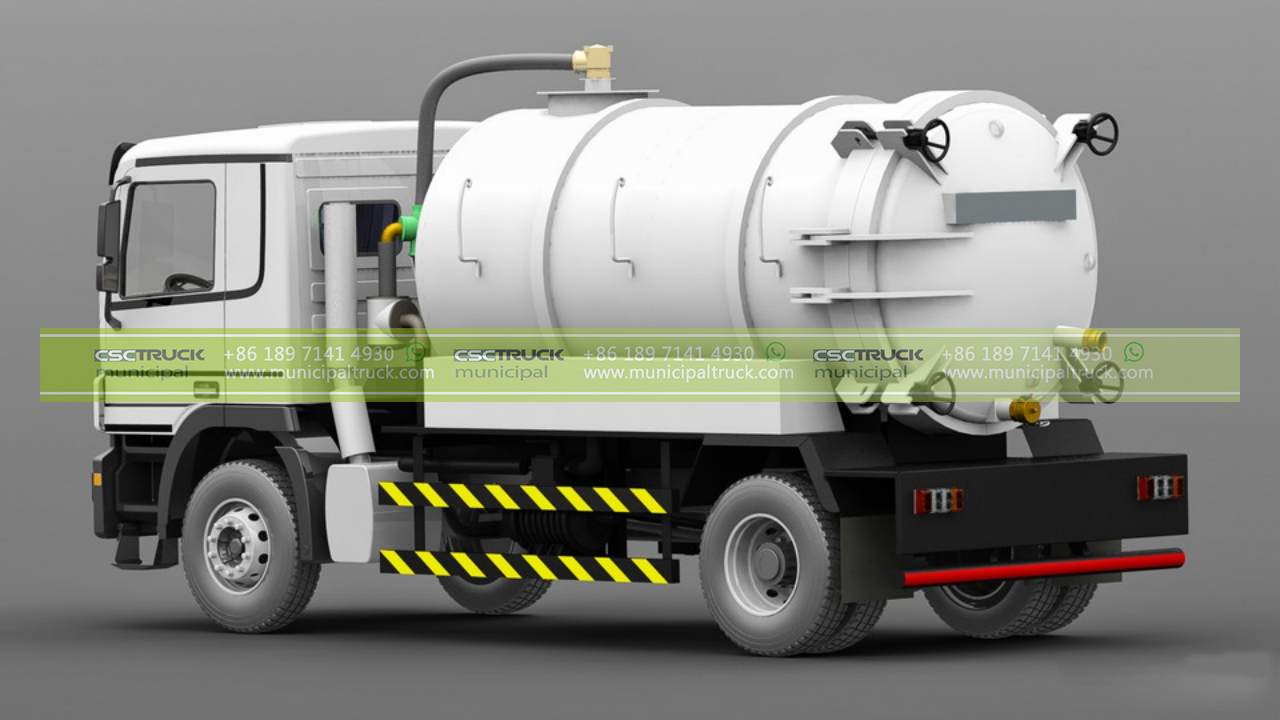
Safety Precautions
Safety should always be the top priority when operating a sludge collector truck. Here are some essential safety precautions to keep in mind:
1. Proper Training: Operators should be well-trained in the use of sludge collector trucks. Training should include knowledge of the vehicle’s controls, safety procedures, and handling hazardous materials.
2. Protective Gear: Operators should wear appropriate personal protective equipment (PPE), including gloves, eye protection, and waterproof clothing. Sludge can contain harmful bacteria and pathogens, so it’s crucial to minimize contact with the material.
3. Ventilation: Sludge collector trucks often operate in confined spaces. Proper ventilation is essential to prevent the buildup of toxic gases and ensure the safety of the operator.
4. Emergency Equipment: Ensure that the vehicle is equipped with emergency equipment, such as first-aid kits and eye wash stations. Emergency response procedures should be well-understood by the operator.
5. Regular Maintenance: Regular maintenance of the sludge collector truck is crucial to prevent breakdowns or malfunctions during operation. This includes checking the vacuum system, hydraulic components, and the condition of the tank.
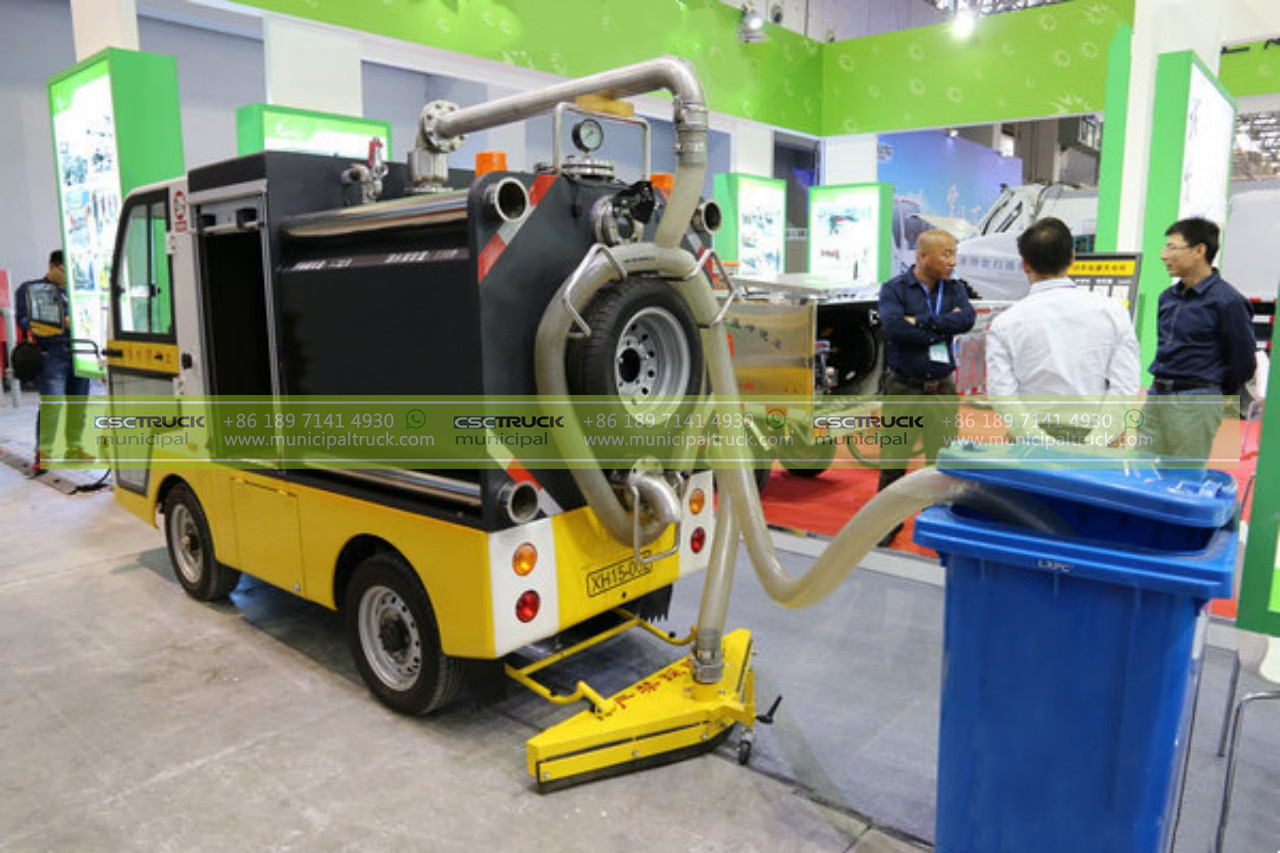
Operating the Sludge Collector Truck
Once all safety precautions are in place, you can begin operating the sludge collector truck. Here’s a step-by-step guide to using the vehicle effectively:
1. Preparation: Start by inspecting the truck to ensure that it is in proper working condition. Check the engine, hydraulic systems, vacuum pump, and jetting system. Ensure that all safety equipment is available and functioning.
2. Positioning: Position the truck in proximity to the sewer or drainage system that requires cleaning. Ensure that the vehicle is stable and won’t pose a risk of tipping over during operation.
3. Setting Up the Vacuum: Before you can start collecting sludge, you need to create a vacuum in the tank. This is typically done by opening a valve that connects the tank to the vacuum pump. The pump will create the necessary suction.
4. Collection: With the vacuum engaged, use the hose or nozzle to start collecting sludge from the sewer or drainage system. Move the hose to different areas as needed to ensure a thorough cleaning.
5. Jetting: If there are stubborn blockages or deposits in the sewer system, use the high-pressure jetting system to break them down. This is especially effective for dislodging materials like grease and roots.
6. Regulating Flow: Keep an eye on the sludge level in the tank. You don’t want it to overflow, as this can be hazardous and cause environmental issues. Most sludge collector trucks have sensors or alarms to alert you when the tank is nearing capacity.
7. Disposal: Once the tank is full, it’s time to transport the collected sludge to a proper disposal site. This is typically a wastewater treatment plant or a designated landfill. Ensure that the sludge is disposed of in accordance with local regulations.
8. Cleaning and Maintenance: After completing the operation, thoroughly clean and sanitize the sludge collector truck to prevent contamination. Perform routine maintenance to ensure that the vehicle is ready for the next use.
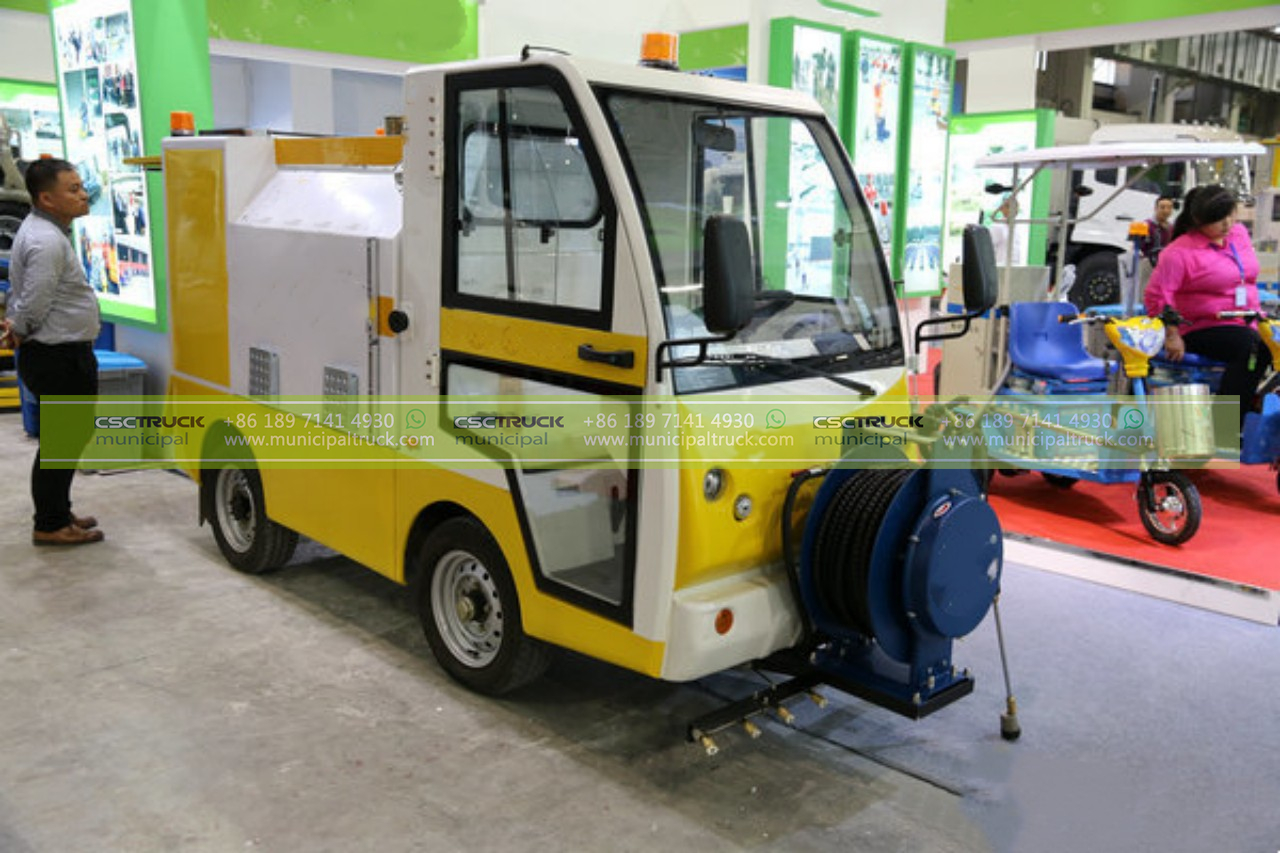
Benefits and Applications
Sludge collector trucks play a vital role in various industries and applications:
1. Municipal Sewage Systems: These trucks are commonly used by municipalities to maintain and clean sewage and drainage systems. They prevent blockages, backups, and flooding, ensuring public health and safety.
2. Industrial Facilities: Industries that generate significant wastewater, such as food processing, chemical manufacturing, and petrochemical plants, use sludge collector trucks to manage their effluent and keep their facilities running smoothly.
3. Construction Sites: Construction sites often have temporary drainage systems. Sludge collector trucks are employed to keep these systems clean and functional during construction projects.
4. Environmental Cleanup: Sludge collector trucks are essential in environmental cleanup operations. They can remove hazardous materials and pollutants from water bodies, preventing contamination and ecosystem damage.
5. Septic Tank Service: In residential and rural areas, sludge collector trucks are used to pump out septic tanks, ensuring they operate efficiently and don’t cause environmental issues.
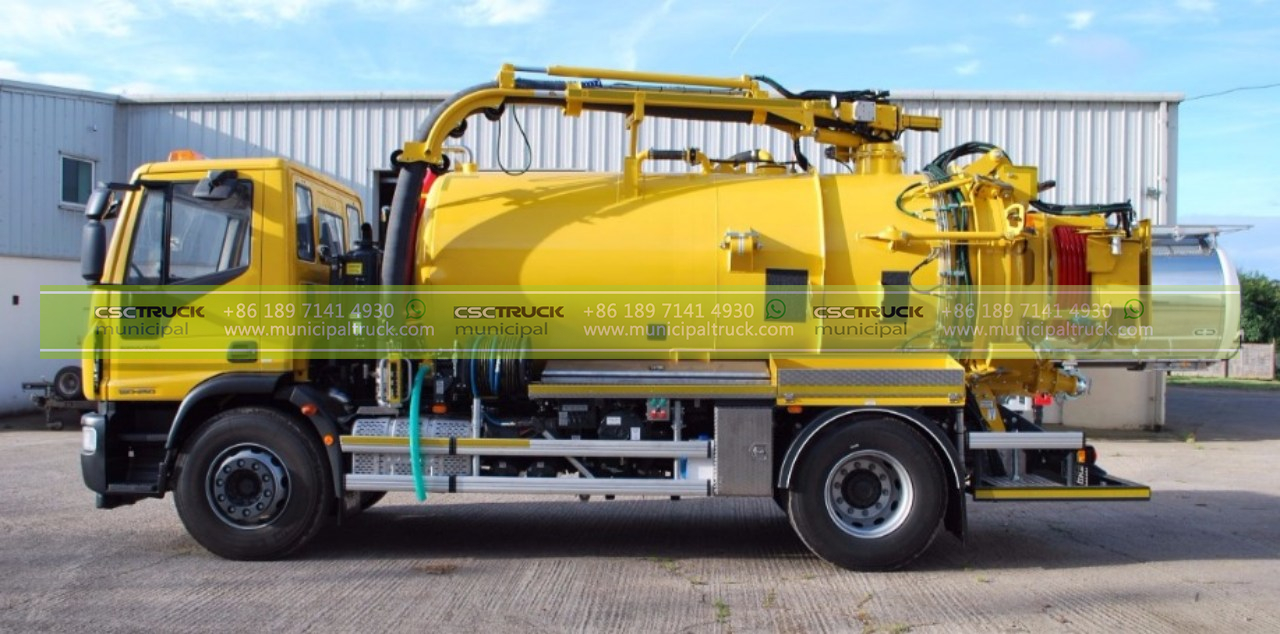
Conclusion
Sludge collector trucks are indispensable tools in maintaining sewage and drainage systems and preventing environmental and public health hazards. Proper operation of these vehicles is essential, and safety should always be a top concern. By following the steps outlined in this article and adhering to safety precautions, operators can use sludge collector trucks effectively to ensure the cleanliness and functionality of wastewater systems in various applications. These machines are vital in preserving our environment and maintaining public health, making them a critical part of infrastructure maintenance and environmental protection.
Contact us for this municipal truck or similar trucks: [email protected] Call us or What's APP us: +86 189 4292 3930
